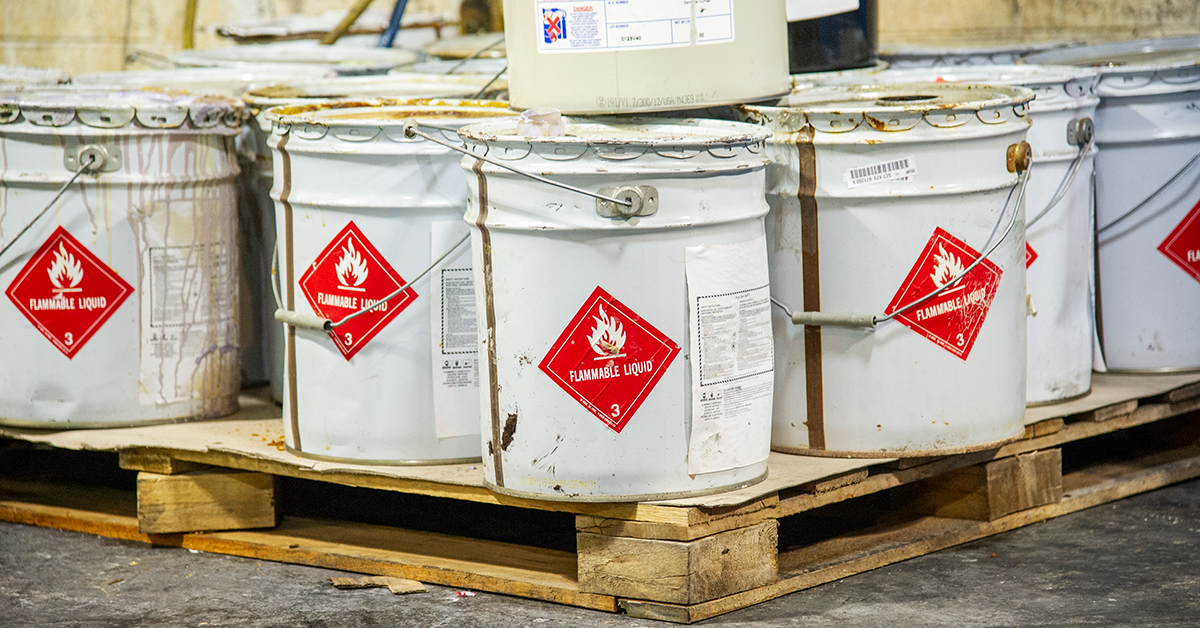Do your operations fall under Process Safety Management?
Date Posted: 09/28/2020

OSHA is increasingly focused on enforcement of its Process Safety Management (PSM) of Highly Hazardous Chemicals standard (29 CFR 1910.119). Covered employers must implement very strict controls and adhere to a rigorous set of operating procedures. However, determining if your operations are covered is not always easy. For operations like chemical facilities, it may be obvious that the PSM standard applies. But many other operations, such as food manufacturers, can also fall under the PSM requirements.
Who is covered under Process Safety Management?
Under PSM, a “process” includes almost any activity involving a highly hazardous chemical, including any use, storage, manufacturing, handling, or the on-site movement of these chemicals, or combination of these activities. The standard applies to any establishment having a “process” that involves either:
- A 1910.119 Appendix A-listed chemical at or above the specified threshold quantities (the amount, in pounds, necessary at any one point in time for coverage under the PSM standard). Over 130 chemicals listed in Appendix A, with threshold quantities ranging from 50 pounds to 15,000 pounds.
- 10,000 pounds or more of any flammable liquid or gas on site in one location. If an Appendix A-listed chemical is a flammable liquid or gas, the coverage threshold is the lower of the threshold quantity or 10,000 pounds.
The definition of “process” extends beyond a simple tank and includes interconnected vessels, as well as separate vessels that could impact each other if a release were to occur.
Exemptions
There are some exemptions for certain processes and facilities that otherwise would fall under the PSM standard. These exemptions are:
- Flammable liquid/gas hydrocarbon fuels used solely for workplace consumption as a fuel (e.g., propane used for comfort heating, gasoline for vehicle refueling), if the fuels are not a part of a process containing another highly hazardous chemical;
- Flammable liquids that are transferred or stored in “atmospheric tanks,” including 55-gallon drums, and that are kept below their normal boiling point without benefit of chilling or refrigeration;
- Retail facilities;
- Oil or gas well drilling or servicing operations; or
- Normally unoccupied remote facilities.
All establishments that have chemical processes should assess their operations for coverage under the Process Safety Management standard.
How Safety Management Suite Can Help
The Process Safety Management standard requires training employees, as do many other OSHA regulations. By using our OSHA General Industry Training at a Glance chart, you can quickly determine which regulations include training provisions and see an overview of the requirements.
Backed by over 30 years of training development experience, the J. J. Keller® SAFETY MANAGEMENT SUITE provides unparalleled access to hundreds of award-winning training programs and thousands of customizable training resources
- Utilize +100 customizable classroom training programs developed by our trusted team of in-house regulatory experts.
- Train your employees with access to +100 on-demand training videos.
- Take advantage of a robust training resource library containing +3,500 ready-to-use training resources (exercises, PowerPoint® presentations, 5-min. safety talks, etc.)
E-mail Newsletter
Sign up to receive the weekly EHS Insider email newsletter for safety articles, news headlines, regulatory alerts, industry events, webcasts, and more.